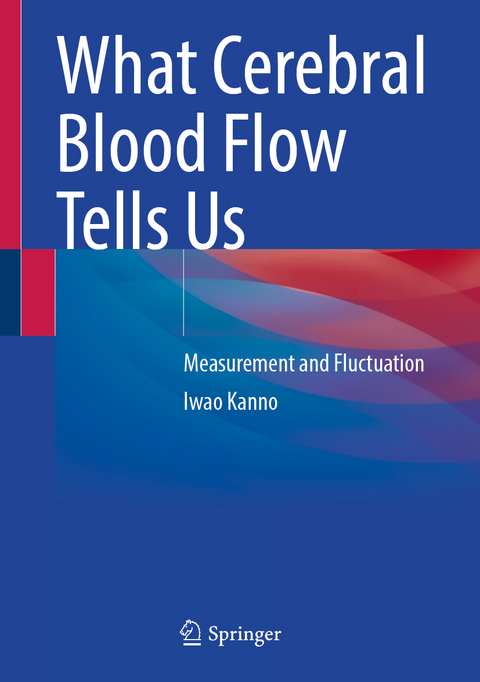
What Cerebral Blood Flow Tells Us
Springer Nature (Verlag)
978-981-97-6381-8 (ISBN)
This book describes the methods for measuring cerebral blood flow (CBF) using radioactive tracers, positron emission tomography (PET) and single photon emission computed tomography (SPECT). Divided into nine chapters, the book covers the attributes, history, theory, and measurement methodology for CBF. It also explains the pathophysiology of brain vascular problems. The temporal and spatial fluctuations of CBF in correspondence with neuronal activity provide us with a new window onto how the brain works. The book details the theories and methodologies for measuring CBF and reviews advances in technology from the era of Kety-Schmidt to the present.
The book is targeted at scientists, clinicians and medical students who wish to know more about the principles of tracer kinetics in quantitative measurement of CBF. It discusses the diagnosis of brain pathophysiology via CBF and explores the only partially understood mechanisms that regulate fluctuations in brain function. Written in an accessible manner, the book may also help general readers to understand the fundamental role of CBF in supporting the brain's activities.
Iwao Kanno started his career as a researcher at the Akita Research Institute of Brain and Blood Vessels in 1970, where he served as a departmental Director (1990-1995), and the Deputy Director of the Institute (2000-2005). He moved to be Director of the Molecular Imaging Center at the National Institute of Radiological Sciences (2006-2010). After retiring from administrative duties in 2014, he has been affiliated with the Advanced Neuroimaging Center, National Institutes for Quantum Science and Technology, Chiba, Japan. Beginning his career in the development of 2D and 3D nuclear medicine imaging technology, his interests gradually turned towards the physiology and pathophysiology of cerebral blood flow and metabolism. He developed a strong interest in the spatial and temporal fluctuation of cerebral blood flow in relation to neuronal activity, which has become a prime target for neuroscientists using functional magnetic resonance imaging (fMRI). It remains unclear whether these fluctuations reflect mental activity or whether there is a more mysterious physiological meaning.
Chapter 1. Prologue.- Chapter 2. Cerebral Blood Flow: An Important Feature of the Brain.- Chapter 3. Pathway of Cerebral Blood Flow.- Chapter 4. Measuring Cerebral Blood Flow: History.- Chapter 5. Measuring Cerebral Blood Flow: Theory.- Chapter 6. Measuring Cerebral Blood Flow: Methods.- Chapter 7. Cerebral Blood Flow Supports the Brain.- Chapter 8. Cerebral Blood Flow Maps Brain.- Chapter 9. Epilogue.
| Erscheinungsdatum | 15.10.2024 |
|---|---|
| Zusatzinfo | 77 Illustrations, color; 28 Illustrations, black and white; XV, 121 p. 105 illus., 77 illus. in color. |
| Verlagsort | Singapore |
| Sprache | englisch |
| Original-Titel | Nouketsuryuryou ha Kataru |
| Maße | 178 x 254 mm |
| Themenwelt | Medizinische Fachgebiete ► Radiologie / Bildgebende Verfahren ► Nuklearmedizin |
| Medizinische Fachgebiete ► Radiologie / Bildgebende Verfahren ► Radiologie | |
| Naturwissenschaften ► Biologie ► Humanbiologie | |
| Naturwissenschaften ► Biologie ► Zoologie | |
| Schlagworte | 3d imaging • BOLD contrast • brain imaging • dementia • neurovascular coupling • stroke • Tracer kinetics |
| ISBN-10 | 981-97-6381-9 / 9819763819 |
| ISBN-13 | 978-981-97-6381-8 / 9789819763818 |
| Zustand | Neuware |
| Informationen gemäß Produktsicherheitsverordnung (GPSR) | |
| Haben Sie eine Frage zum Produkt? |
aus dem Bereich


